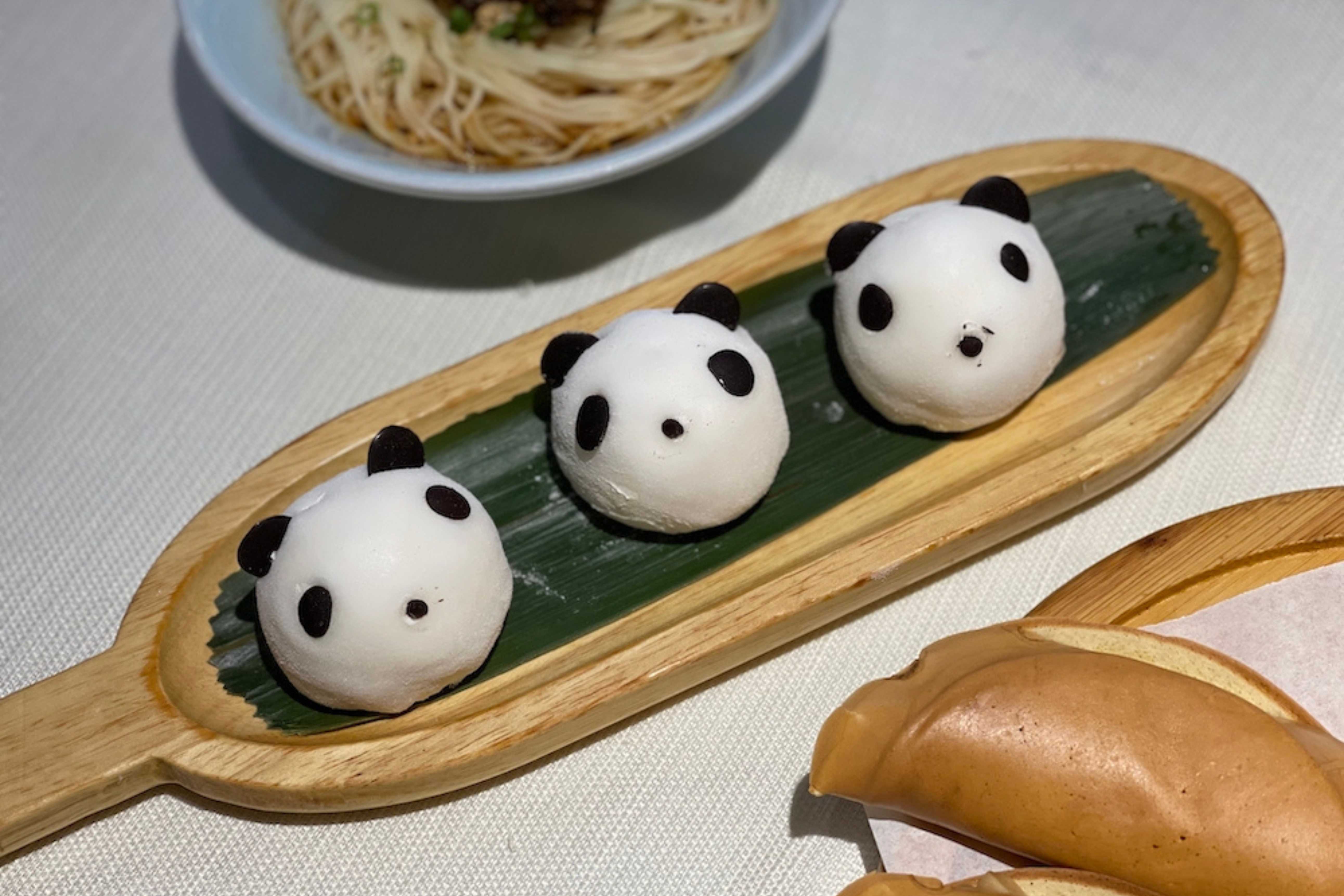Have you ever dined at a Chinese restaurant and picked up a pair of chopsticks curious about why we use these and the origins of them? Let’s explore!
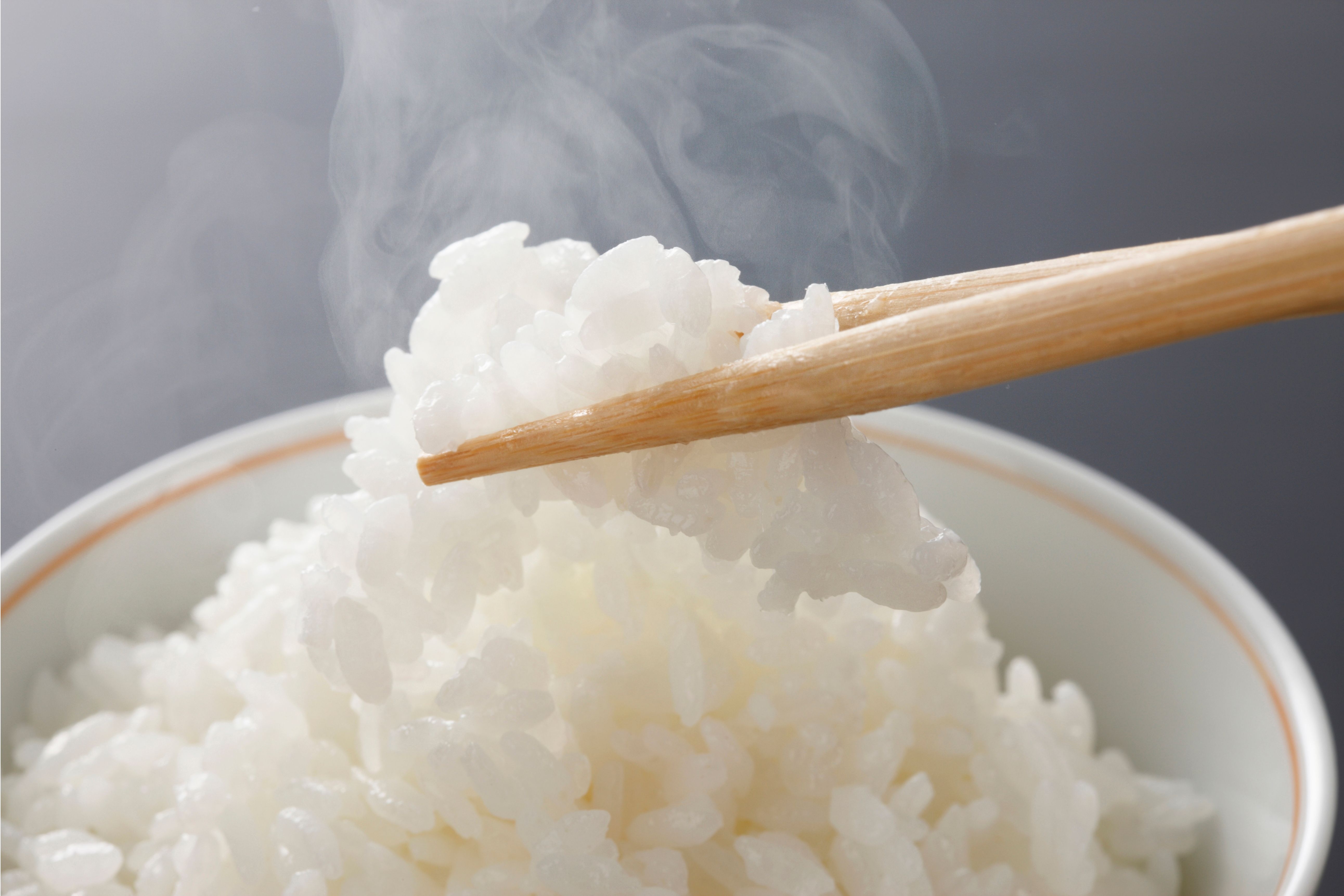
Known as Kuàizi (筷子) in Mandarin Chinese, Chopsticks are the go-to eating utensil in China and have a significant place in Chinese and East Asian Culture. A pair of thin tapered sticks of wood, ivory, bamboo or plastic used to clutch food, Chopsticks are held in one hand and have been used by billions of people for millennia. They are an important and versatile tool of daily sustenance that carries a profound historical and cultural heritage and national wisdom. They’re basically a fork, knife, pair of tongs and a whisk all rolled into one set.
A Brief History of Chopsticks
The humble beginnings of chopsticks can be traced all the way back to Ancient China’s late Neolithic age about 5,000 to 6,000 years ago. However, at the time these primitive sticks where predominantly used for cooking, stirring and fishing food from deep boiling pots, rather than eating. It wasn’t till 1200 BC in which they started to be used as a tool for eating with the earliest clearly written records of chopsticks appearing in the ancient Chinese text “Han Feizi Yu Lao" where king Zhou of the Shang Dynasty is noted with a habit of using them. So, it can be said that chopsticks where common tableware around this time. According to archeologists the earliest prototype of what we call chopsticks today, were bronze sets found in tomb sites of the Yin Ruins of Henan Province during this period. The popularization of using chopsticks had come as an occurrence of a population boom stretching resources. This led to cooks looking for ways to reduce costs and energy. They found that chopping food into smaller pieces allowed them to not only cook faster but consume less fuel. Bite-sized food it turns out were perfect for chopsticks.
Due to the prevalence of chopsticks, forks and knives never really caught on in China. It was also thanks to the great philosopher Confucius, whose pacifism provoked a deep dislike of sharp knives when eating. This made him a strong proponent of the use of chopsticks, with their blunter tips a better match to his benevolent nature. To Confucius, sharp and pointed knives and forks provided a reminder of the slaughterhouse and evoked violent imagery that had no place during meals, eating should be a time of pleasure and contentment. Confucius’ teachings spread and his wisdom grasped, by the time of AD 500 the use of chopsticks as an eating utensil was ingrained in Chinese way of life and had swept East Asia across Japan, Korea and Vietnam.
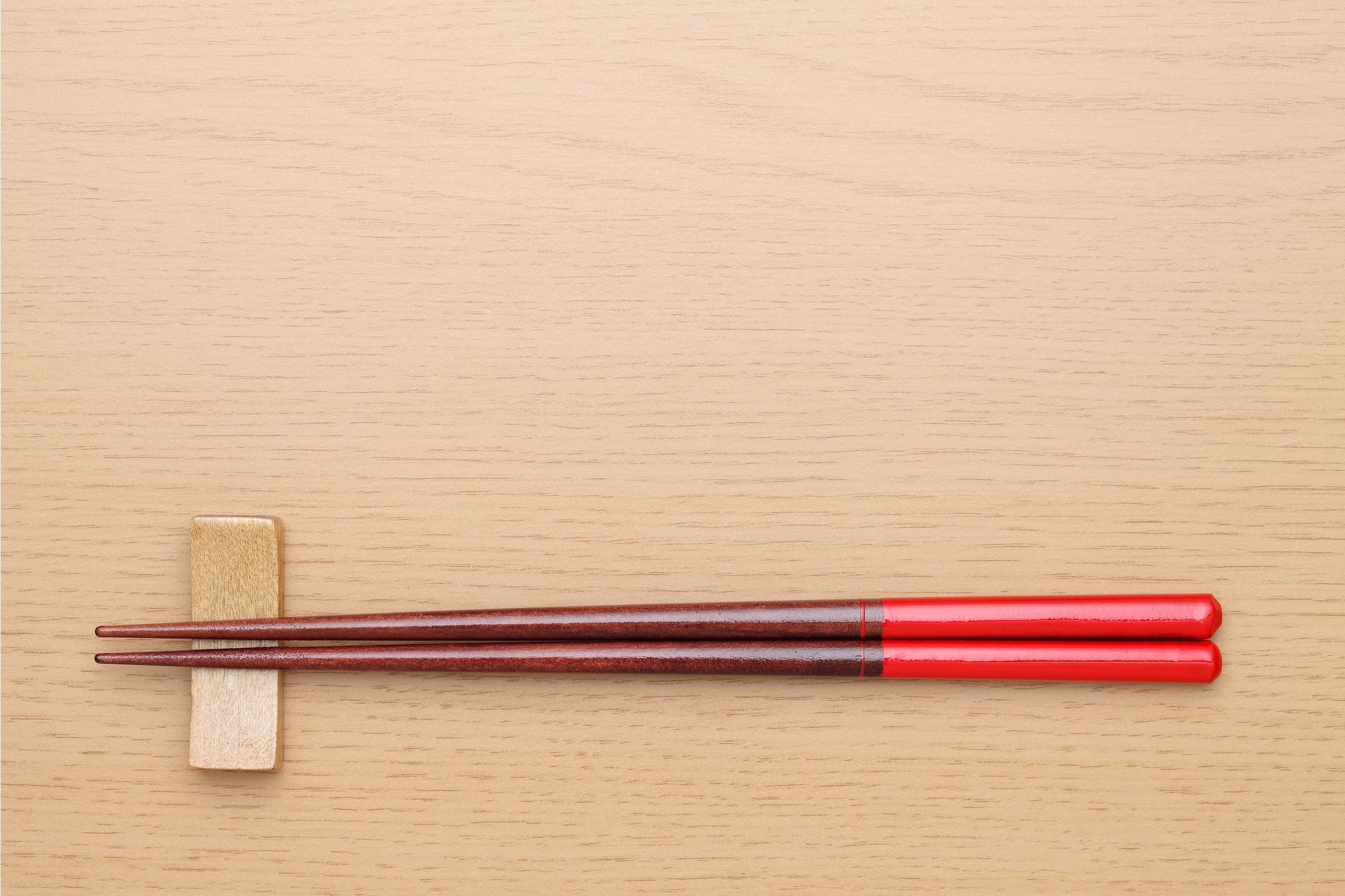
The development of chopsticks also encapsulates a period of social change in China, from the initial primitive and pragmatic needs to later symbolizing social status, etiquette and culture. The functions and meanings of chopsticks have gradually enriched and diversified. During the Han Dynasty chopsticks became an indispensable ritual at banquets and their details, length, thickness, material decoration sometimes even reflected their user’s status and social customs.
Today chopsticks remain deeply rooted to Chinese daily life and have become synonymous with the charm of Chinese and East Asian culture, especially with one staple of Chinese cuisine – Rice! So whenever you’re in China you should do as the Chinese do and try eating using a pair of Kuàizi.
How to Use Chopsticks?
It can be quite challenging using chopsticks if you’re a first timer, however, don’t worry, here’s our step-by-step guide.
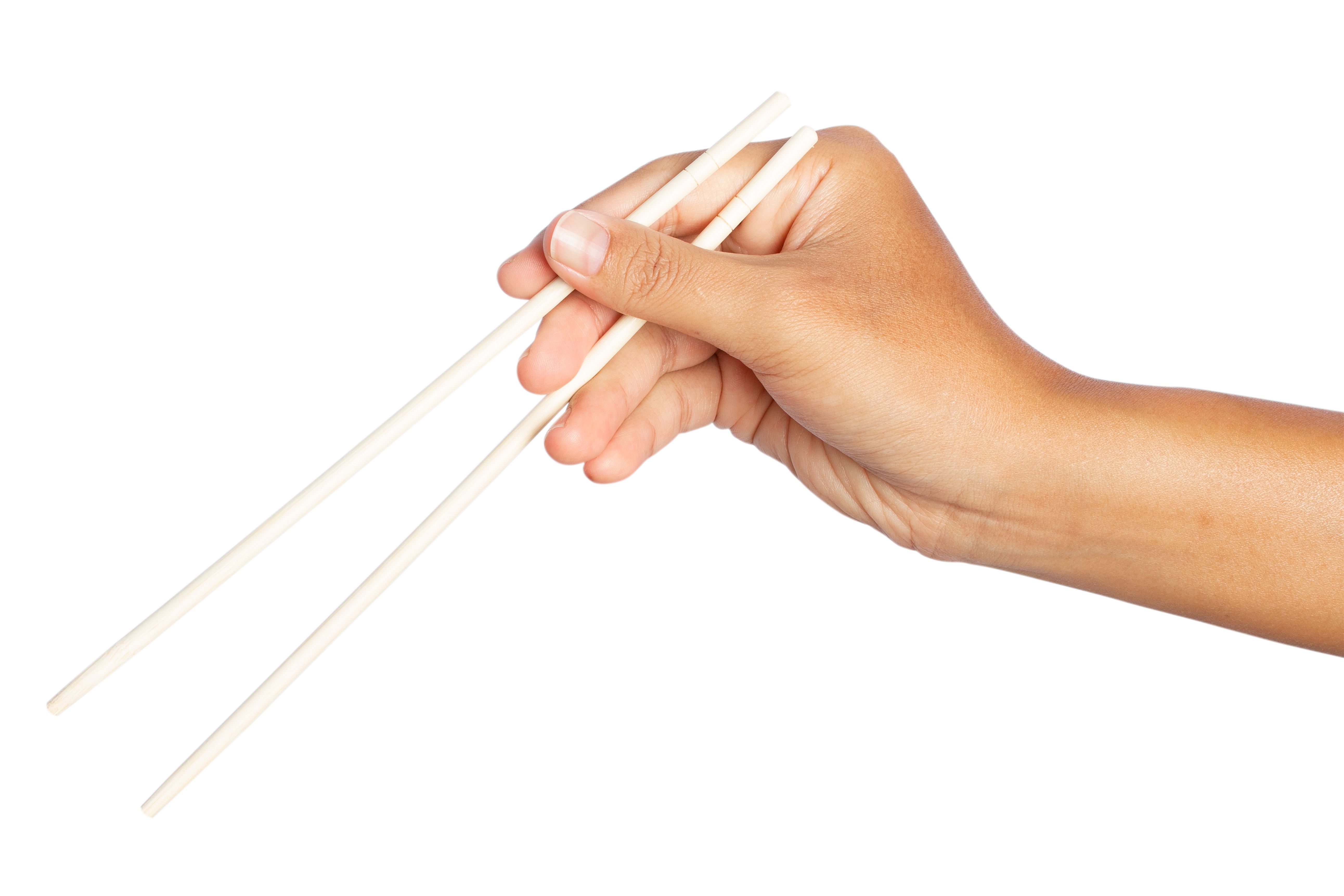
The Traditional Way
Step 1: Open your dominant hand loosely.
Step 2: Place the first chopstick through the space between your thumb and index finger and rest where they connect. Balance the thinner end of the chopstick on you ring finger.
Step 3: Place the second chopstick through the space between your thumb and index finger again, this time over the first one, and let the thinner end balance on your middle finger.
Step 4: Tighten you grasp of the second chopstick with your thumb and index finger
Step 5: Allow you pinkie and ring finger to touch supporting the first chopstick
Step 6: Using your index and middle finger move the second chopstick on top up and down. Open and close the chopstick over the food. Once the grip is tight, place it in you bowl or in your mouth.
The Easier Way
Step 1: Open your dominant hand loosely
Step 2: Place the first chopstick through the space between you thumb and index finger and rest where they connect. This time the ring fingertip should be behind the thinner end of the first chopstick acting as support.
Step 3: Place the second chopstick through the space between your thumb and index finger again, this time over and above the first one. And this time the middle fingertip should be behind the thinner end of the first chopstick acting as support.
Step 4: Close your thumb over both chopsticks in a tight grip
Step 5: The first chopstick supported by the index finger doesn’t move. Use the power in your middle finger and fingertip to open and close the second chopstick up and down towards the first chopstick.
Step 6: Once you’ve got the hang of it, try picking up some food.
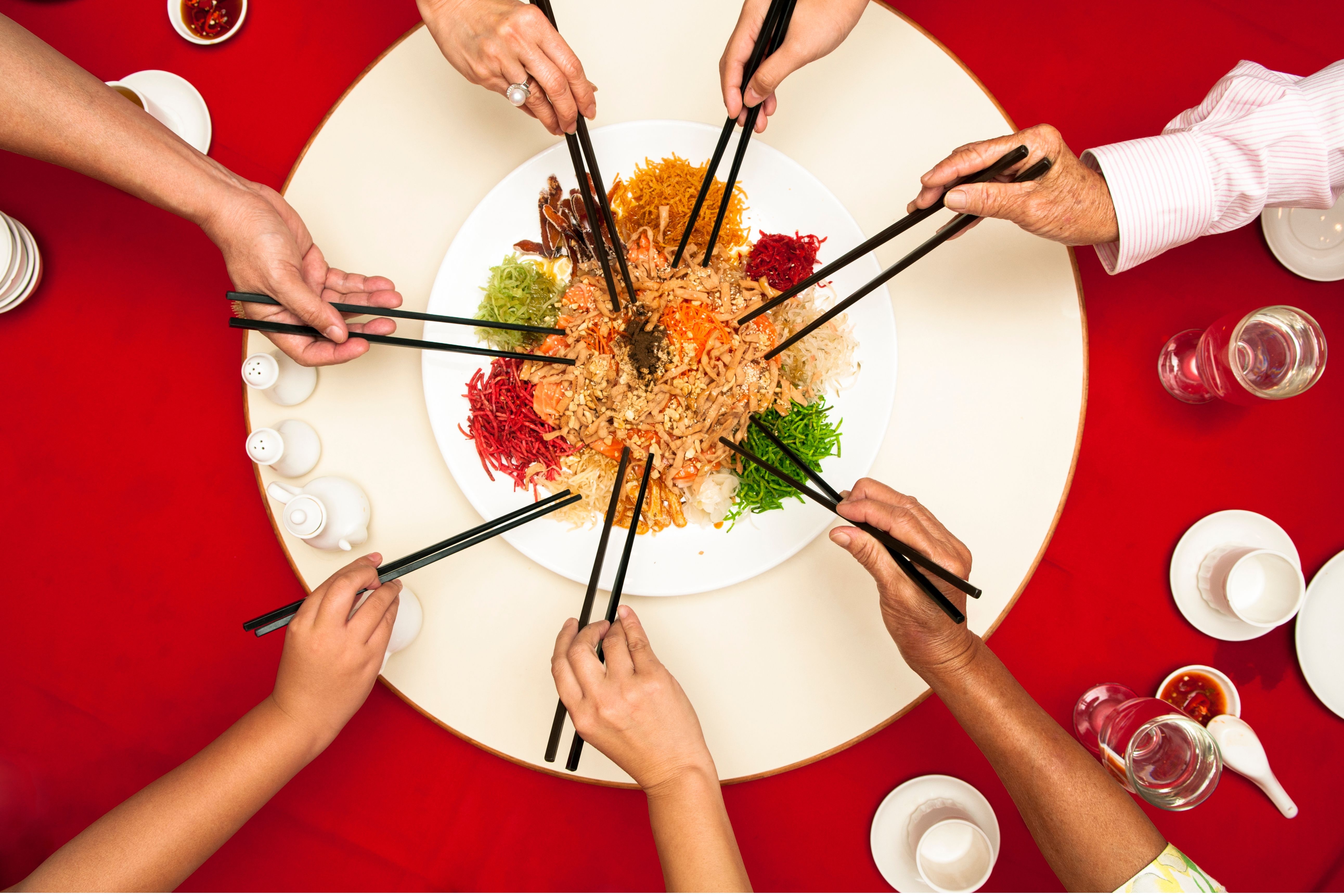
Best Place to Use Chopsticks
There’s no better place to use chopsticks than in the country of their origin. Explore China and get a taste of the plentiful culinary delights of the middle kingdom by teaching English with TeachDiscoverChina. For more details about our TEFL internship and job vacancies, or if you have any questions, please contact us via [email protected]




